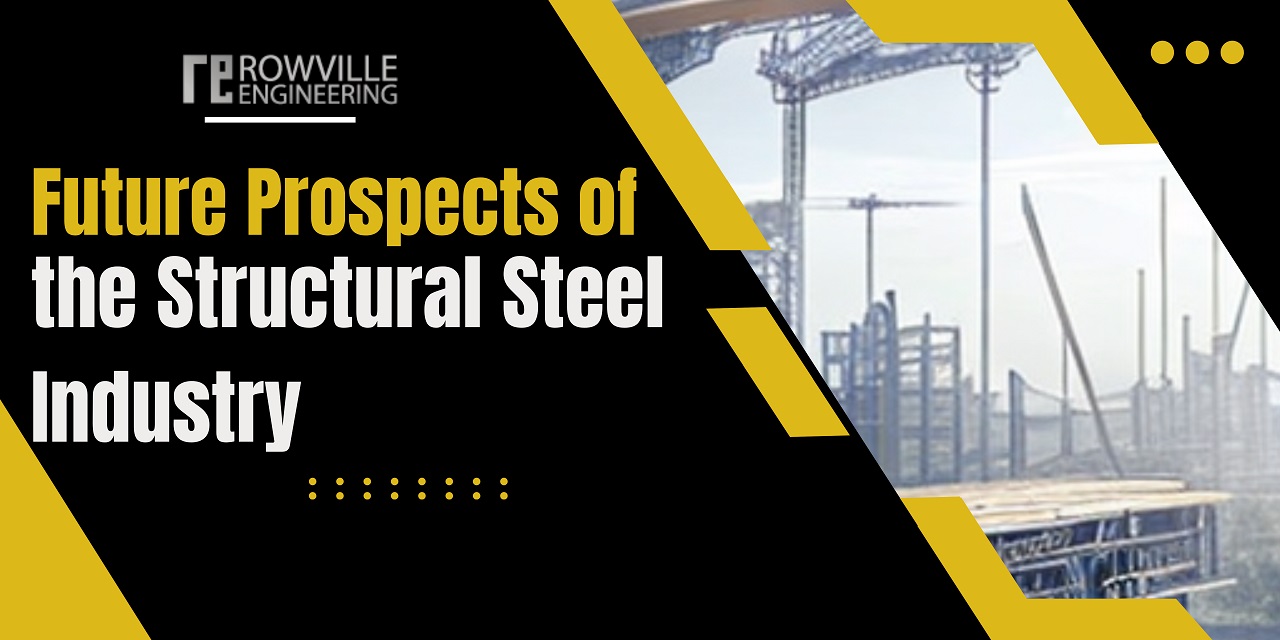The Future of Structural Steel: A Bright Outlook
Structural steel has been the backbone of modern construction for over a century, and its future looks even brighter. With increasing demand for sustainable, efficient, and resilient structures, steel is poised to play a pivotal role in shaping the built environment of tomorrow.
Published On:14-12-2023

Here are some key trends shaping the future of structural steel:
-
1. Advanced Materials:The development of new steel alloys with improved strength-to-weight ratios, corrosion resistance, and fire resistance will enable the construction of lighter, stronger, and more durable structures. This will lead to reduced construction time, lower material costs, and increased energy efficiency.
-
2. Automation and Robotics:The integration of automation and robotics in steel fabrication and construction will improve efficiency, accuracy, and safety. Robots will be able to perform repetitive tasks such as welding, cutting, and assembly, reducing human error and improving overall quality.
-
3. BIM and Digitalization:Building Information Modeling (BIM) and digitalization are transforming the construction industry. BIM allows for 3D modelling and simulation of the entire construction process, optimizing design, fabrication, and erection. Digitalization also enables real-time monitoring and control of construction projects, leading to improved quality and reduced waste.
-
4. Sustainable Steel Production:The steel industry is committed to reducing its environmental impact. This includes developing cleaner technologies for steel production, such as electric arc furnaces and hydrogen-based processes. Additionally, the industry is focusing on increasing the use of recycled steel, which significantly reduces the environmental footprint of steel construction.
-
5. Modular Construction:Modular construction is gaining popularity due to its speed, efficiency, and lower cost. This approach involves the prefabrication of building modules in a controlled environment, which are then transported to the site for assembly. Steel is ideal for modular construction due to its strength, flexibility, and ease of fabrication.
-
6. Offsite Fabrication:Offsite fabrication involves prefabricating steel components in a dedicated facility, away from the construction site. This reduces construction time, minimizes disruption to the surrounding area, and improves quality control. Offsite fabrication is becoming increasingly popular for large and complex projects.
-
7. Design for Deconstruction:With a growing focus on circular economy principles, design for deconstruction has emerged as a key trend. This involves designing structures that are easily deconstructed at the end of their life cycle, allowing for the reuse or recycling of materials. Steel is well-suited for this approach due to its high recyclability.
-
8. Smart Structures:Smart structures incorporate sensors and other technologies to monitor their performance and identify potential problems. This data can be used to optimize maintenance and repair, extend the life of the structure, and improve occupant comfort and safety.
-
9. Increased Urbanization:The rapid growth of urban populations is driving the demand for high-rise buildings and other complex structures. Steel\'s strength, flexibility, and ability to span long distances make it the ideal material for these projects.
-
10. Global Collaboration:The global nature of the steel industry fosters collaboration and knowledge sharing between countries. This allows for the exchange of best practices, the development of new technologies, and the advancement of the entire industry.
In conclusion, the future of structural steel is bright. With its inherent advantages and the ongoing advancements in technology, steel will continue to be a vital material for constructing sustainable, efficient, and resilient structures that meet the needs of a growing and evolving world.